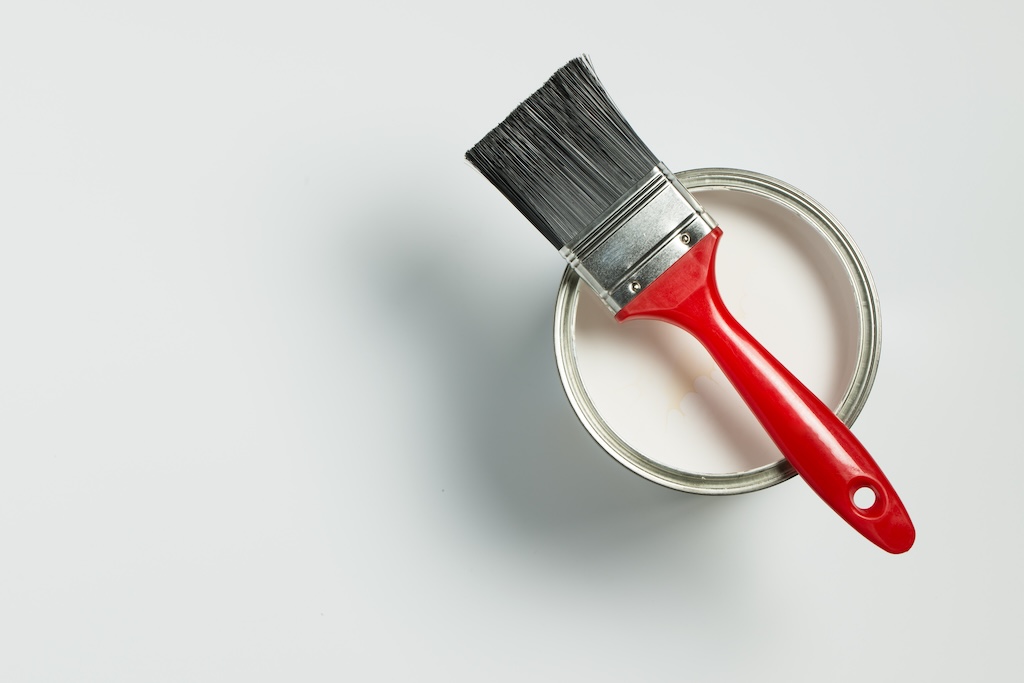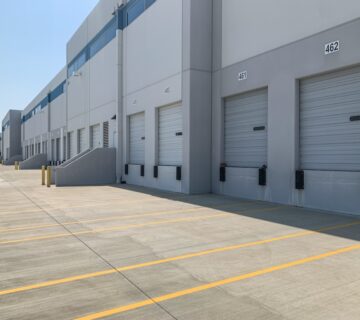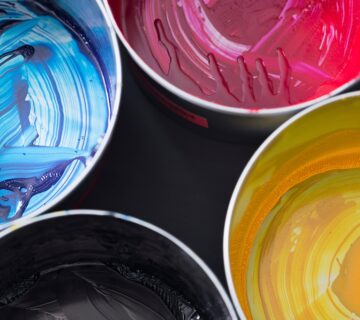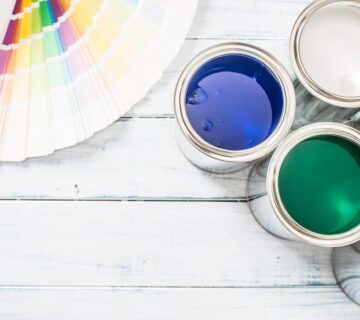Paint is more than just a colorant for our walls; it’s a complex mixture of various ingredients, each serving a specific purpose. Understanding what goes into your paint can help you make better choices for your home, both aesthetically and health-wise. In this blog, we’ll delve into the key components of paint and their functions. We’ll examine how each ingredient contributes to the paint’s performance, including its application properties, durability, and impact on indoor air quality, ensuring you are informed about the paint you use in your living or working spaces.
The Basic Components of Paint
Pigments: The Color Providers
Pigments are the ingredients that give paint its color. They are finely ground particles sourced from various materials, including natural minerals and synthetic compounds. The type and quality of the pigment determine the paint’s coverage, color richness, and how well it hides the previous layer. A good pigment not only imparts deep, rich colors but also provides consistency and lightfastness, which prevents the color from fading over time.
Binders: Holding It All Together
Binders are what bind the pigment to the surface being painted and hold the paint together once it dries. They form a film on the surface, ensuring durability and resistance to environmental factors. Binders are critical for the adhesion of the paint to the surface and its ability to withstand wear and tear. Common binders include acrylic, vinyl-acrylic, and alkyd. The choice of binder affects the finish of the paint (matte, satin, gloss) and its overall durability.
Solvents: The Carrier
Solvents, also known as carriers, are responsible for making the paint the right consistency for application. In oil-based paints, the solvent is usually an organic compound like mineral spirits. In water-based paints, water acts as the solvent. As paint dries, the solvent evaporates, leaving the binder and pigment on the wall. The evaporation rate of the solvent can also influence the drying time of the paint.
Additional Ingredients for Enhanced Performance
Additives: The Special Touch
Additives are included in small quantities to enhance certain properties of the paint. These might include drying agents, which speed up the drying process, or anti-mold agents, particularly important in damp climates. Other additives help improve paint application, like flow enhancers, or environmental resistance, like UV stabilizers. Additives are selected based on the desired performance characteristics of the final paint product.
Extenders: Improving Consistency and Coverage
Extenders, also known as fillers, are added to paint to improve its application and drying properties. Often made from minerals, they can enhance the paint’s body, increase its spreadability, and improve adhesion to surfaces. Extenders also help in controlling the paint’s sheen and increasing its durability. Furthermore, they help the manufacturer balance cost and performance in paint formulations.
Understanding VOCs
Volatile Organic Compounds (VOCs) are gases that some paints release as they dry. These can have short- and long-term health effects, including headaches and respiratory issues. Awareness of VOCs has led to the development of low-VOC and zero-VOC paints, which are healthier options, especially for indoor use. It is vital for consumers to understand the implications of VOCs and choose paints that maintain indoor air quality.
Choosing the Right Paint
Understanding these ingredients is crucial when selecting paint for your project. Consider the room’s function, the surface you’re painting, and the environmental conditions it will face. For instance, high-moisture areas like bathrooms benefit from mold-resistant paints, while high-traffic areas require more durable paints with a higher sheen. Equipped with this knowledge, consumers can make choices that ensure the longevity and safety of their painted spaces.
Final Thoughts
Knowing what’s in your paint is essential for making informed decisions that affect the longevity of your paint job, the appearance of your space, and the health of your home environment. With this knowledge, you can choose the right paint that not only looks great but also meets your specific needs. For more insights into paint selection and home improvement, visit our website at sisupainting.com and explore our blog at sisupainting.com/blog.





No comment